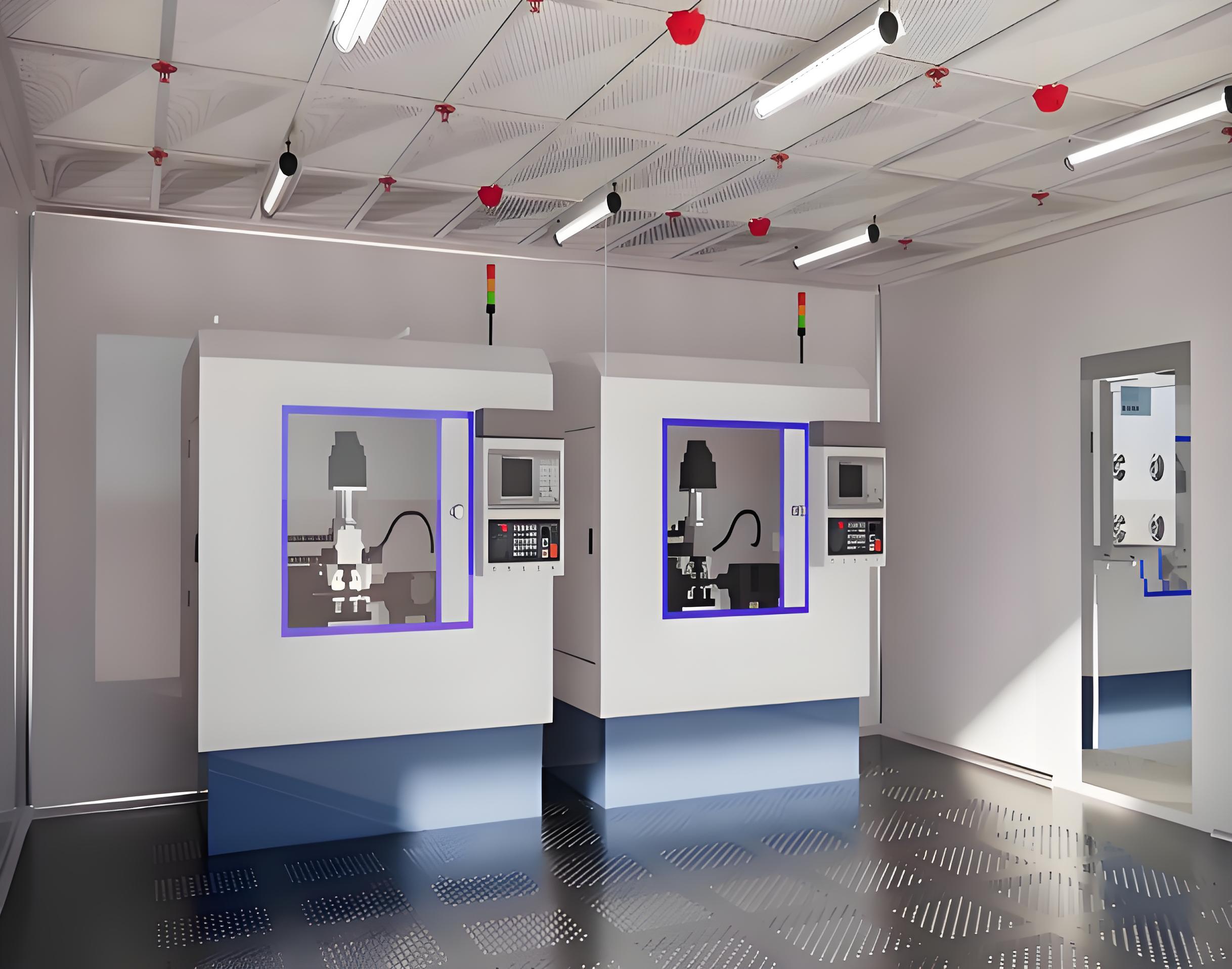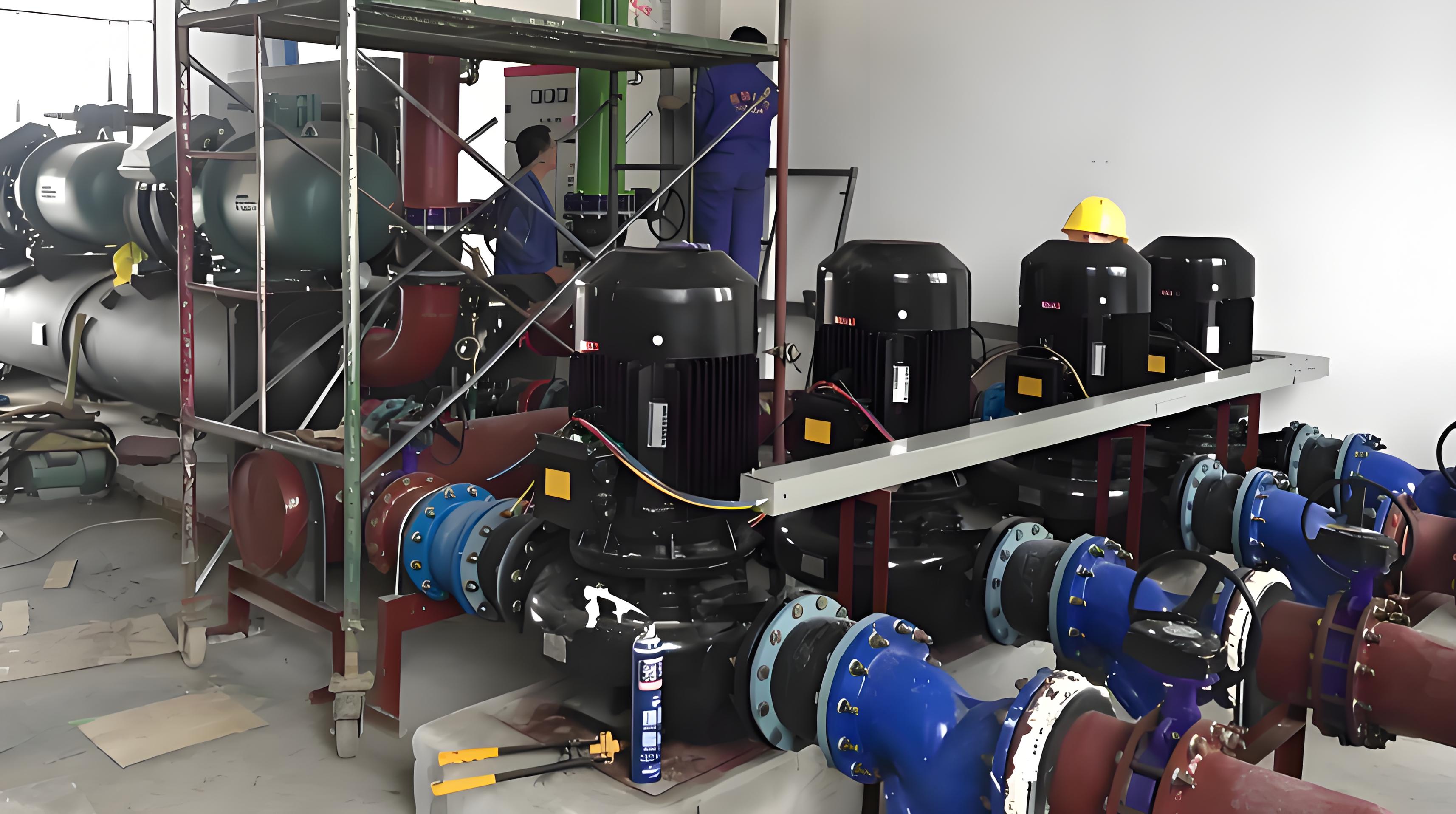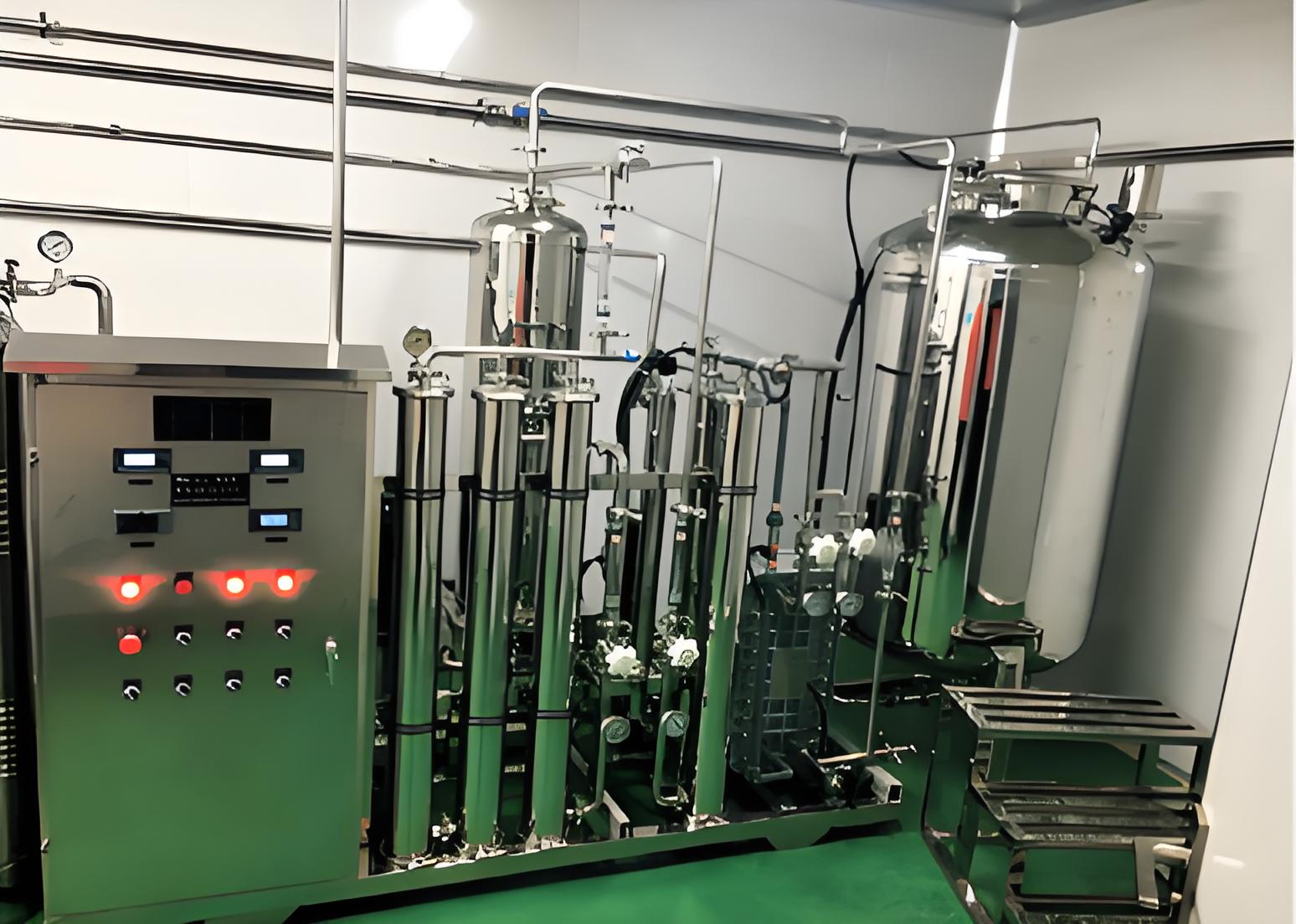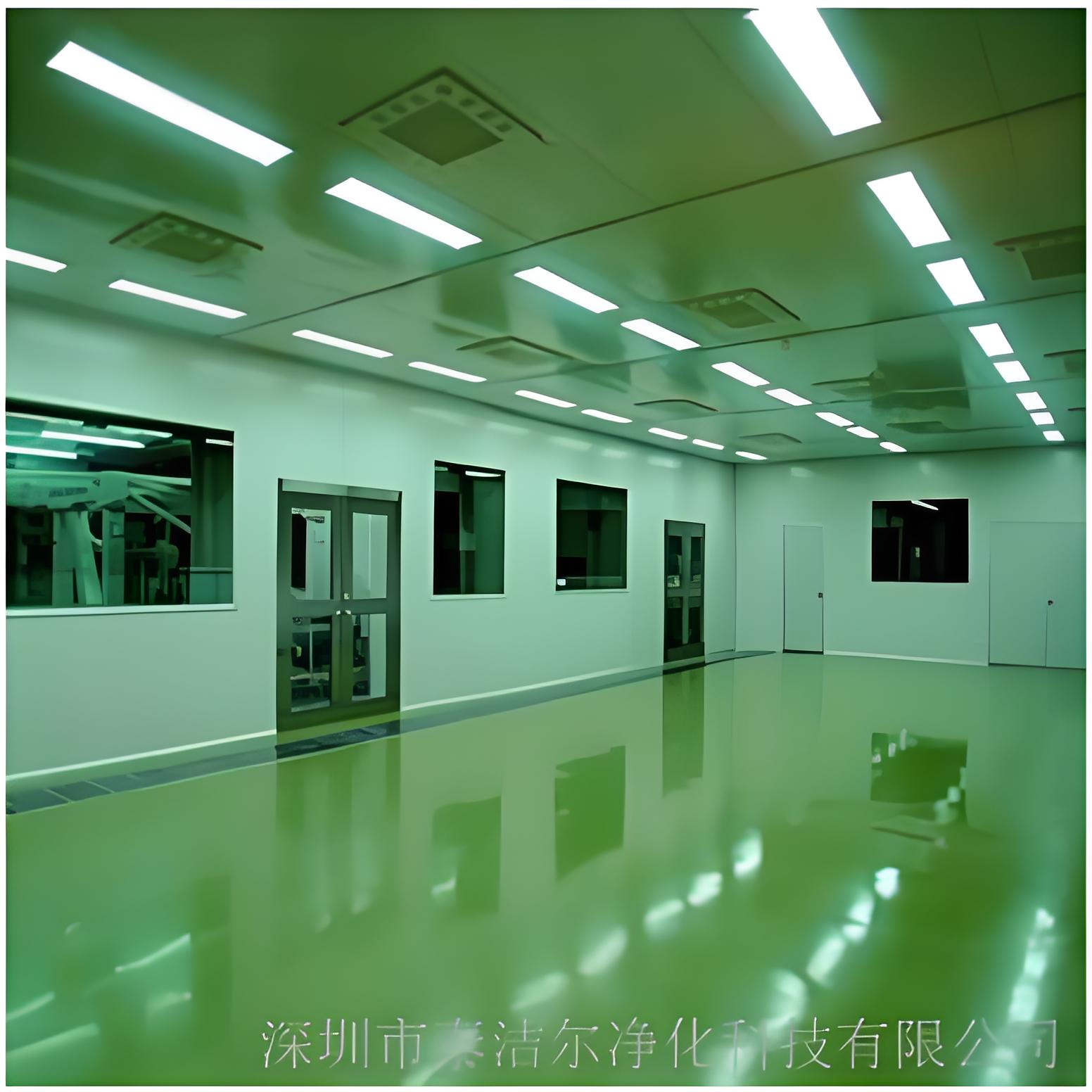




In today's high-tech manufacturing and research sectors, maintaining controlled environments is crucial for product quality and safety. A Class 1000 clean room design represents a critical standard where the concentration of airborne particles is tightly regulated to no more than 1,000 particles per cubic foot of a specified size. This level of cleanliness is essential for industries like pharmaceuticals, biotechnology, electronics, and aerospace, where even minor contaminants can lead to significant failures. As businesses strive for compliance and efficiency, understanding the nuances of Class 1000 clean room design becomes paramount. This article delves into the key aspects, including comparisons with ISO 6 cleanroom design, the advantages of turnkey ISO 6 cleanroom design and build solutions, the role of class 1000 cleanroom design consultants, and the factors affecting the cost of class 1000 cleanroom. By exploring these elements, you can make informed decisions to optimize your facility's performance and reliability.

A Class 1000 clean room refers to a controlled environment that limits airborne particles to 1,000 particles (0.5 microns or larger) per cubic foot. This classification is based on the now-superseded FS 209E standard, but it remains widely used in various industries due to its practicality. In such a space, air filtration systems, typically using HEPA or ULPA filters, work in tandem with controlled airflow patterns to minimize contamination. The design focuses on maintaining positive pressure, proper ventilation, and strict protocols for personnel and material entry. A well-executed Class 1000 clean room design ensures that processes like semiconductor manufacturing or sterile drug production can proceed without interference from pollutants. It serves as a bridge between less stringent environments and ultra-clean spaces, making it a popular choice for applications requiring moderate cleanliness without the extreme costs of higher classes. When planning a Class 1000 clean room design, it's essential to consider factors like room layout, material compatibility, and operational workflows to achieve optimal results.
ISO 6 cleanroom design aligns closely with the Class 1000 standard under the ISO 14644-1 classification system, which has largely replaced FS 209E globally. An ISO 6 environment allows for up to 35,200 particles per cubic meter (equivalent to 1,000 particles per cubic foot) of 0.5 micrometers in size, making it a direct counterpart to Class 1000. This standardization ensures international consistency, facilitating global trade and compliance. In an ISO 6 cleanroom design, emphasis is placed on robust HVAC systems, precise temperature and humidity control, and meticulous surface finishes to prevent particle generation. The design often incorporates unidirectional or non-unidirectional airflow, depending on the application, to maintain cleanliness during operations. For instance, in pharmaceutical settings, ISO 6 cleanroom design might include gowning rooms and airlocks to segregate clean areas from less controlled zones. By integrating ISO 6 cleanroom design principles, businesses can achieve regulatory approval and enhance product integrity. Comparing Class 1000 and ISO 6 highlights the importance of adhering to modern standards while leveraging historical benchmarks for practical implementation.

Opting for a turnkey ISO 6 cleanroom design and build approach offers a comprehensive solution that streamlines the entire process from conception to completion. This method involves a single provider handling design, construction, validation, and commissioning, reducing the complexities of coordinating multiple contractors. A turnkey ISO 6 cleanroom design and build project typically includes site assessment, custom engineering, material selection, and installation of critical components like filtration systems and monitoring devices. One major advantage is the time and cost savings, as integrated teams can identify potential issues early and ensure compliance with ISO 14644 standards. For example, in a biotechnology lab, a turnkey ISO 6 cleanroom design and build might incorporate modular cleanroom panels for flexibility and future expansions. This approach minimizes disruptions to ongoing operations and provides a seamless transition into a fully functional environment. Additionally, turnkey solutions often include training and support, empowering staff to maintain cleanliness protocols effectively. By choosing a turnkey ISO 6 cleanroom design and build, companies can achieve faster ROI and reduced risk, making it an attractive option for startups and established firms alike.
Engaging class 1000 cleanroom design consultants is a strategic move for ensuring that your cleanroom meets specific operational and regulatory requirements. These experts bring specialized knowledge in airflow dynamics, contamination control, and industry standards, helping to tailor the Class 1000 clean room design to your unique needs. Class 1000 cleanroom design consultants typically conduct feasibility studies, develop detailed plans, and oversee implementation to avoid common pitfalls like inadequate filtration or poor material flow. They also assist in selecting appropriate materials and technologies, such as energy-efficient HVAC systems, which can impact long-term operational costs. For instance, in an electronics manufacturing project, consultants might recommend specific flooring and wall finishes to reduce static electricity and particle shedding. Their involvement ensures compliance with guidelines from bodies like the FDA or ISO, reducing the likelihood of costly revisions. Moreover, class 1000 cleanroom design consultants can provide ongoing audits and optimization services, adapting the environment to evolving industry demands. By leveraging their expertise, businesses can enhance safety, efficiency, and scalability in their cleanroom operations.
The cost of class 1000 cleanroom can vary significantly based on several factors, making it essential to budget carefully for both initial investment and long-term maintenance. Key determinants include the size of the facility, the complexity of the Class 1000 clean room design, and the materials used. For example, a small modular cleanroom might cost between $100,000 and $300,000, while a larger, custom-built facility could exceed $1 million. The cost of class 1000 cleanroom is also influenced by the level of automation, with advanced monitoring systems and robotics adding to expenses. Other factors include geographic location, labor costs, and regulatory requirements, which can affect installation timelines and material sourcing. In terms of operational costs, energy consumption for HVAC systems is a major contributor, as maintaining strict airflow and filtration demands significant power. Additionally, the choice between a turnkey solution and a phased approach can impact the overall cost of class 1000 cleanroom; turnkey projects often have higher upfront costs but lower long-term risks. To manage expenses, businesses should prioritize essential features and consider lifecycle costs, such as filter replacements and validation testing. By understanding these variables, you can make informed decisions that balance performance with affordability.
Implementing an effective Class 1000 clean room design requires adherence to best practices that ensure durability, compliance, and operational efficiency. Start with a thorough risk assessment to identify contamination sources and define zones within the cleanroom. The design should incorporate robust airflow management, such as laminar flow systems, to maintain particle counts within Class 1000 limits. Material selection is critical; use non-shedding surfaces like epoxy flooring and smooth wall panels to minimize particle generation. Regular validation and monitoring, including particle counting and microbial testing, are essential to uphold standards. Involving class 1000 cleanroom design consultants early can help integrate these practices seamlessly. For example, in a medical device facility, best practices might include designing anterooms for gowning and decontamination to prevent external contaminants from entering the main area. Energy efficiency should also be considered, such as using variable air volume systems to reduce power consumption without compromising cleanliness. Training personnel on protocols like proper gowning and cleaning procedures is vital for sustaining the environment. By following these guidelines, a Class 1000 clean room design can deliver reliable performance, reduce downtime, and support long-term business goals.
As industries move toward greener practices, sustainability has become a key consideration in Class 1000 clean room design. This involves optimizing energy use, reducing waste, and selecting eco-friendly materials without sacrificing cleanliness. For instance, in an ISO 6 cleanroom design, incorporating energy recovery ventilators can cut HVAC costs and lower carbon footprints. Sustainable Class 1000 clean room design might also include using recyclable materials for walls and ceilings, and implementing water-saving systems for cleaning processes. Engaging class 1000 cleanroom design consultants with expertise in green building standards can help achieve LEED certification or similar accolades. Moreover, the cost of class 1000 cleanroom can be offset by long-term savings from efficient operations, making sustainability a financially sound choice. By prioritizing environmental responsibility, businesses can enhance their reputation and comply with increasing regulatory pressures.
A well-planned Class 1000 clean room design is fundamental for industries demanding high levels of contamination control. By understanding the parallels with ISO 6 cleanroom design, leveraging turnkey ISO 6 cleanroom design and build solutions, and consulting experts, organizations can achieve robust and compliant environments. The cost of class 1000 cleanroom should be viewed as an investment in quality and reliability, with careful planning to optimize resources. As technology evolves, staying informed about best practices and sustainability will ensure that your cleanroom remains effective and efficient. Whether you're upgrading an existing facility or starting from scratch, a strategic approach to Class 1000 clean room design will pay dividends in performance and productivity.
Q1: What is the main difference between Class 1000 and ISO 6 cleanrooms?
A1: The primary difference lies in the classification systems: Class 1000 is based on the older FS 209E standard, which measures particles per cubic foot, while ISO 6 follows the ISO 14644-1 standard, using particles per cubic meter. However, they are equivalent in cleanliness levels, both allowing up to 1,000 particles of 0.5 microns per cubic foot. The ISO standard is more widely accepted internationally, so many modern projects refer to ISO 6 cleanroom design for global compliance.
Q2: How long does it typically take to complete a turnkey ISO 6 cleanroom design and build project?
A2: The timeline for a turnkey ISO 6 cleanroom design and build project can vary based on size, complexity, and site conditions, but it generally ranges from 3 to 12 months. Smaller modular units might be completed in as little as 8-12 weeks, while larger custom facilities requiring extensive validation and regulatory approvals could take up to a year. A turnkey approach often accelerates the process by integrating design and construction phases.
Q3: Why should I hire class 1000 cleanroom design consultants instead of managing the project internally?
A3: Hiring class 1000 cleanroom design consultants provides expert guidance on industry standards, contamination control, and cost-effective solutions. They help avoid common design errors, ensure regulatory compliance, and optimize operational efficiency. Internal teams may lack specialized knowledge, leading to delays or non-compliance issues, whereas consultants bring experience from multiple projects, potentially saving time and money in the long run.
Q4: What are the ongoing maintenance costs for a Class 1000 cleanroom?
A4: Ongoing maintenance costs for a Class 1000 cleanroom typically include regular filter replacements (HEPA/ULPA filters every 1-3 years), energy for HVAC systems, validation testing, and cleaning supplies. These can amount to 10-20% of the initial cost of class 1000 cleanroom annually. For example, a $500,000 facility might incur $50,000 to $100,000 per year in maintenance. Proper planning with consultants can help minimize these expenses through efficient design.
Q5: Can a Class 1000 clean room design be upgraded to a higher classification like ISO 5?
A5: Yes, a Class 1000 clean room design can often be upgraded to a higher classification like ISO 5 (Class 100) with modifications such as enhanced filtration, increased airflow rates, and improved sealing. However, this may involve significant costs and structural changes. Consulting with class 1000 cleanroom design consultants during the initial design phase can incorporate scalability features, making future upgrades more feasible and cost-effective.
Q6: How does the cost of class 1000 cleanroom compare to other classes?
A6: The cost of class 1000 cleanroom is generally lower than that of higher classifications like ISO 5 or ISO 4, due to less stringent airflow and filtration requirements. For instance, an ISO 5 cleanroom might cost 20-50% more than a comparable Class 1000 facility. However, it is more expensive than lower classes like ISO 7 or 8. Factors like size and customization play a role, but overall, Class 1000 offers a balance of affordability and performance for many applications.